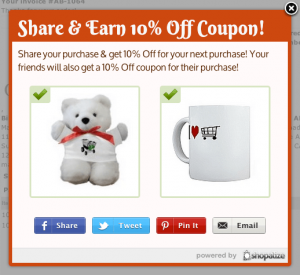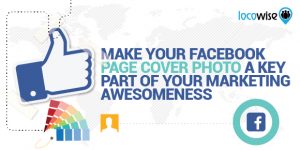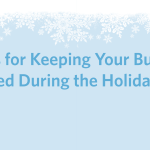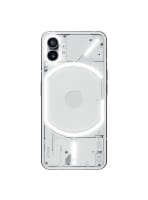— October 5, 2018
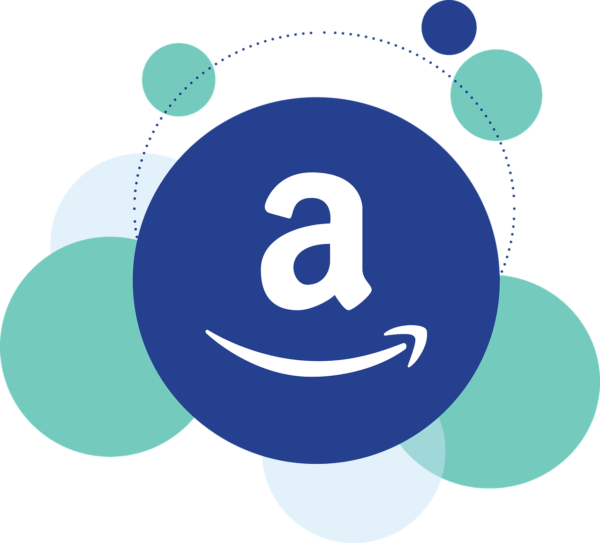
kirstyfields / Pixabay
As Amazon has grown as an eCommerce platform so have the complexities of being an Amazon Seller. The days of simple SEO optimization is no longer enough to keep with the massive number of sellers – and that number is growing every day. Marketing techniques previously reserved for large marketing firms and name-brands are now impressively being implemented by individual sellers. One area that has become increasing popular with sellers is social media advertising. Today we are going to talk about how to successfully drive traffic to Amazon with social media advertising.
We work with clients of all different sizes – from small operations to 8-figure businesses – and what we see is that many companies are not utilizing social media or are not doing so properly. It’s about more than just getting the most traffic at the lowest cost-per-click. You need to create a game plan when it comes to approaching social media advertising. Otherwise, you are just wasting advertising dollars, and potentially hurting your listing with increased traffic that is not converting.
3 Strategies for Amazon Social Media Advertising the Right Way
The way that you are going to reach your audience on any social media platform is by creating content. Content could include blogs, videos, pictures, Instagram posts – anything that will capture your target audience’s attention. However, once you have their attention you need to decide how to turn them into a customer. Here are 3 different strategies that you could test out in your campaigns
1) Traffic Directly to Your Listings
This is the least complicated strategy and can be quickly implemented by anyone. You can use your ad or social media post to send customers straight to the listing or to a landing page that is on Amazon. Many sellers will utilize a Super URL, where you link to your product using a specific keyword that you are trying to rank on. The goal of this strategy is that getting additional sales while improving your visibility for that search term.
Unless you are marketing to an audience of previous customers or people that you know are interested in your product, you may find it is difficult to get additional sales for your product. You should probably consider using a discount, promotion or something else that adds value to the customer if you want them to buy your product.
However, there are a couple downsides to this strategy. Additional traffic to your listing could end up hurting your ranking on Amazon. If your audience isn’t targeted to people who want to buy your product, you are just sending people to the page without more sales – and this will decrease your conversion rates. Another downside is the Super URL themselves. They do still work on Amazon, but the effect does not seem as great as it was. What we have found is that a higher sales velocity in general will help you show up for keywords – not necessarily targeting sales on that specific keyword through a Super URL.
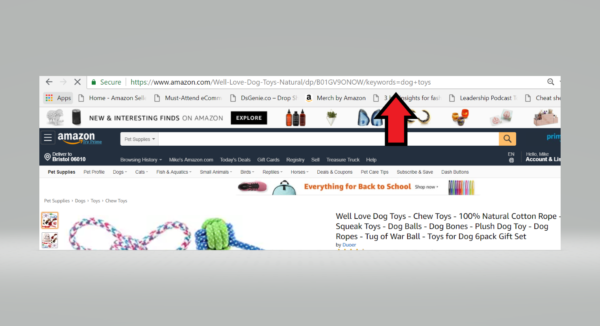
Example of a Super URL
2) Using a Sales Funnel
Another draw back of using direct traffic is that you don’t have much opportunity for easily retargeting your audience. Building a sales funnel gives you the opportunity to get more information about your audience so you can re-market to them in the future. A successful sales funnel will use a combination of social media advertising to initially acquire interested shoppers, and then utilize additional marketing like email to get them to buy your product.
A sales funnel allows you to build email lists, advertising pixels or tags – something you cannot do on an Amazon page. The real benefit of a sales funnel is to filter out the traffic to help determine who is really interested in your offer. You can avoid, or reduce, sending traffic without conversions that can have a negative effect on your search engine ranking. It also gives you the opportunity to make a better connection with a customer or tell them about your story – something that is much harder on Amazon.
The downside of this strategy is that it can end up being a little more expensive to acquire additional customers. A sales funnel creates an additional step in the process. It’s a good opportunity to inform a customer about your brand or product. But getting them to take the action to buy could be more of a challenge if you are requesting them to enter an email. Therefore, many of the clicks to your landing page won’t pay off so the cost of the ones that do increases.
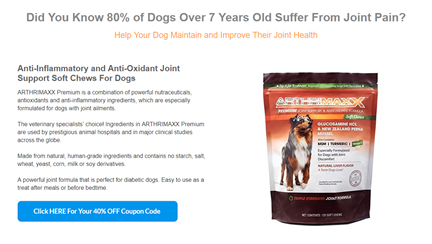
Example of a landing page
3) Creating (Somewhat) Active Engagement with a Customer
Social media was created to allow users to be – well social. It also provides the opportunity for your brand to be somewhat social with its customers. Automated messenger programs can provide the opportunity to answer customer questions, let them know about your products features and give them the opportunity to feel more connected to your company. One way we do this is with using a chat bot program with our Facebook ads. You can check out the guide on how to create chat bots here!
It’s possible to create a piece of content that is run in an ad, and for each customer that engages with that ad to receive a personal message directly through Facebook Messenger. Creating content for a competition or promotion that requires the customer post something to enter is a great way to start a conversation with them.
Chat sequences can be set up to address some of the main questions or concerns they have. This allows you to guide the customer on the shopping journey and make their experience with your brand more positive. It also allows you to retarget these customers on Facebook without being as invasive as a landing page in a sales funnel can be.
This is a again another step to get the customer to convert, but the ease of creating an audience for retargeting gives this strategy an advantage over a landing page sales funnel. You could also send these customers to a landing page after they have engaged with your chat sequences to take them further along the shopping experience, and provide additional retargeting opportunities in the future.
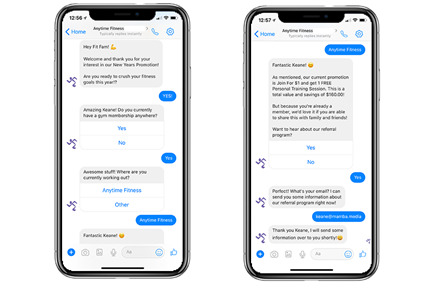
Example of a Messenger Box Sequence
Developing a Game Plan for Social Media Advertising as an Amazon Seller
Any advertising game plan needs to start with a goal of what you are trying to achieve. Every seller may have different goals that they want a campaign to achieve – and it could be anything from increasing traffic to building email lists. The goals that you establish for your campaign will largely dictate what type social media advertising strategy you are going to implement.
You next need to consider what platforms you plan to use to drive traffic. We typically use Facebook and Instagram ads because we have seen the best results there. However, you may find that Twitter, Linkedin or social media platforms perform best for you. Finding the right mix of traffic sources is going to require time. You will constantly need to test your audiences, ad content and possibly landing pages to find the right mix.
Finally, you need the content to get the customer to your page. We generally focus on creating engaging video content or using carousel ads on Facebook – again because those have worked best for our clients. We’ve found it to be extremely low-cost and to have a better return than images. Each niche can be different and your audience may respond to different types of media content.
Staying competitive as an Amazon Seller requires constant innovation and driving outside traffic is one area where you can gain a competitive advantage. The strategies and tips in this article are easy to implement – they just take some time on your part to make sure they are done right. Getting the best return on your advertising dollars will require constant testing, but giving outside traffic a chance could be the boost your Amazon store needs.
Digital & Social Articles on Business 2 Community
(67)
